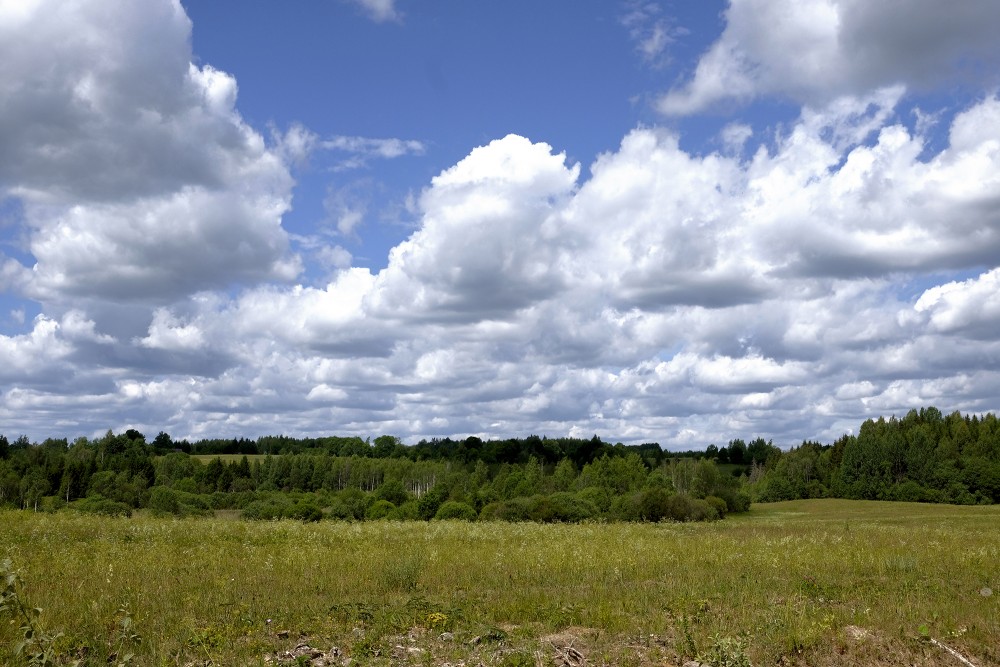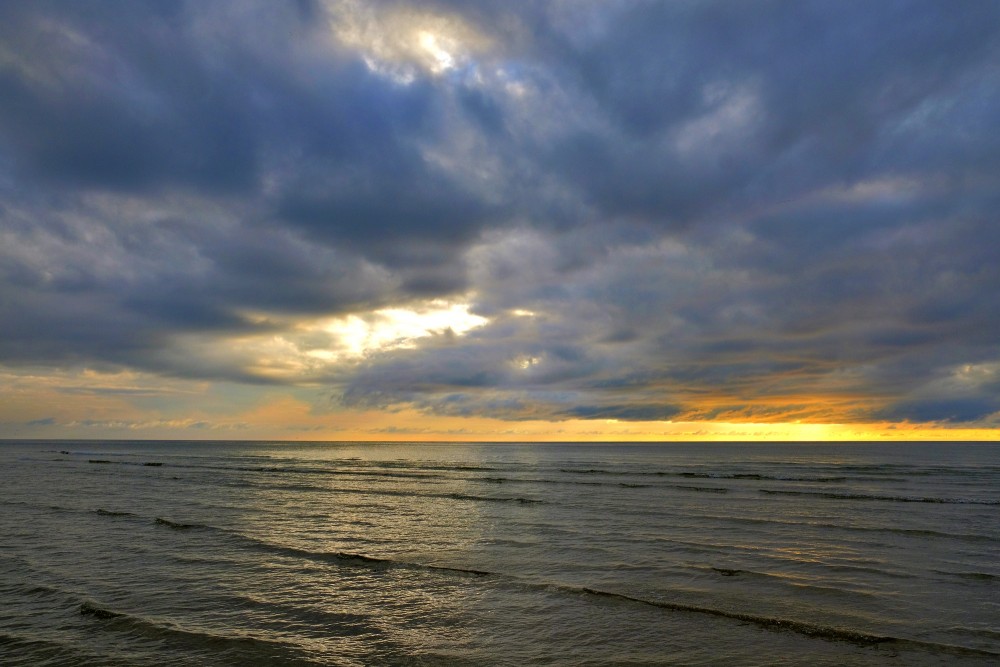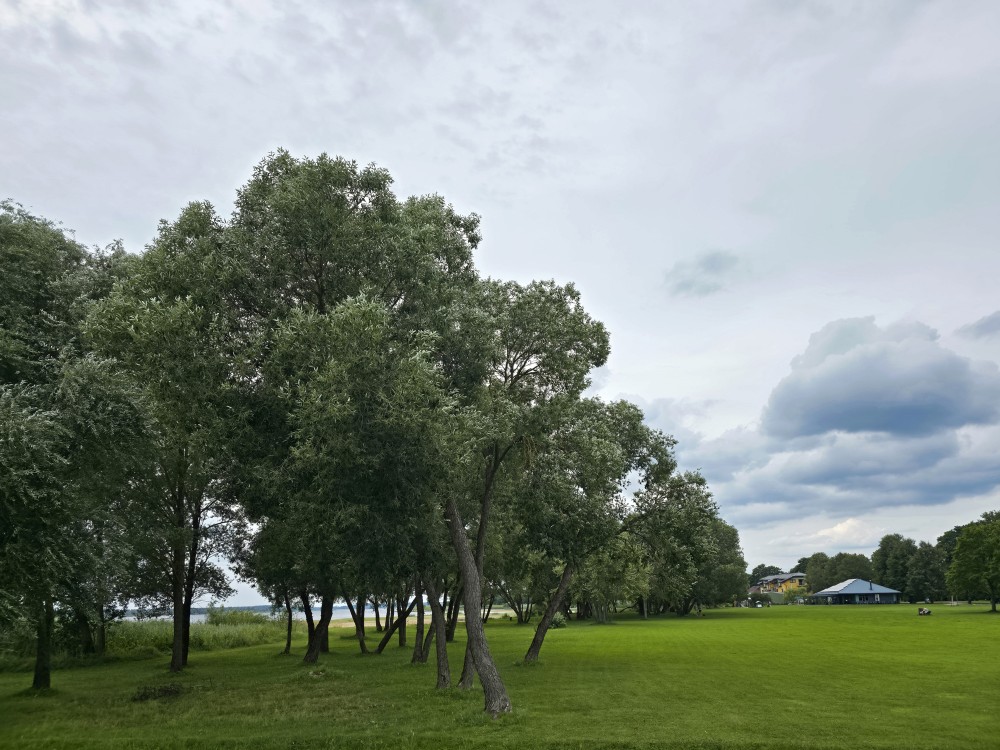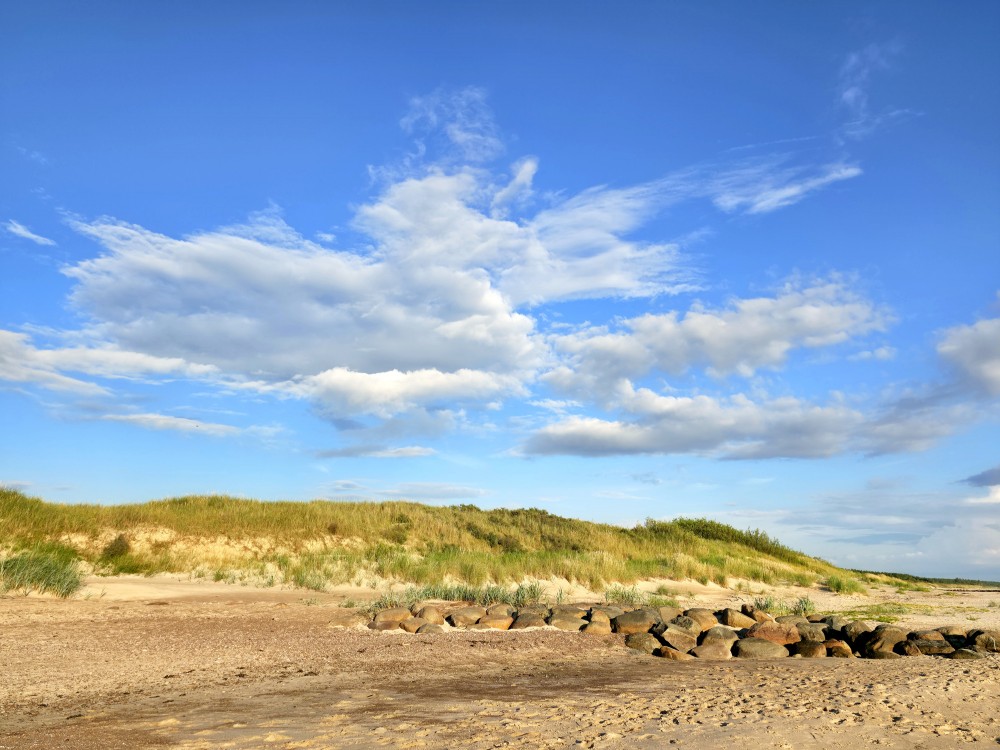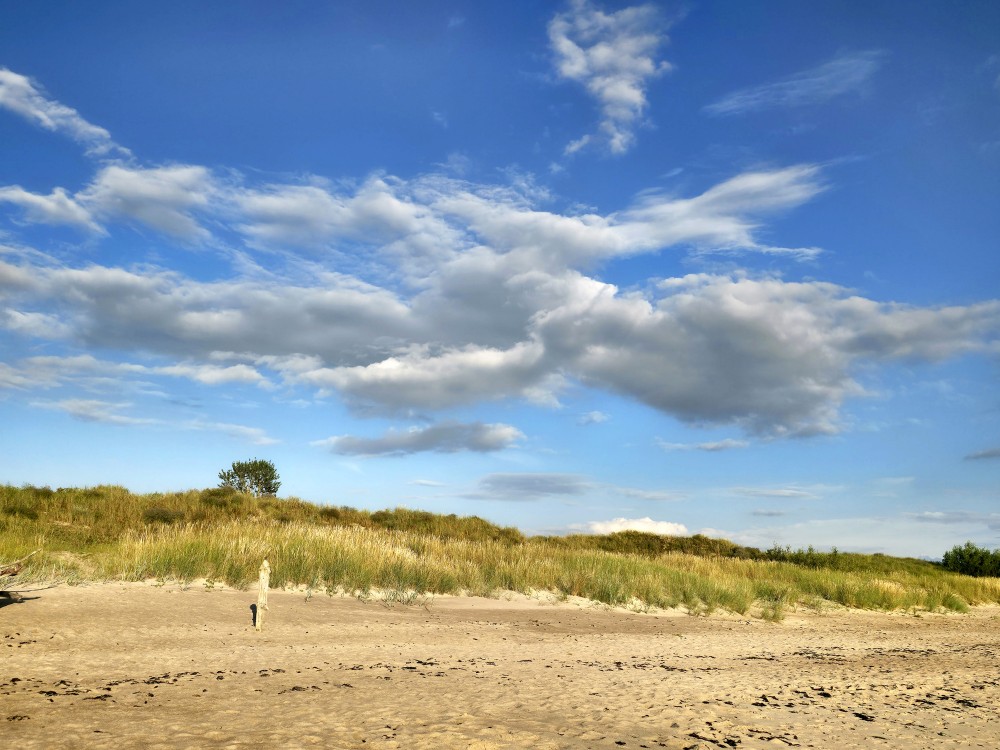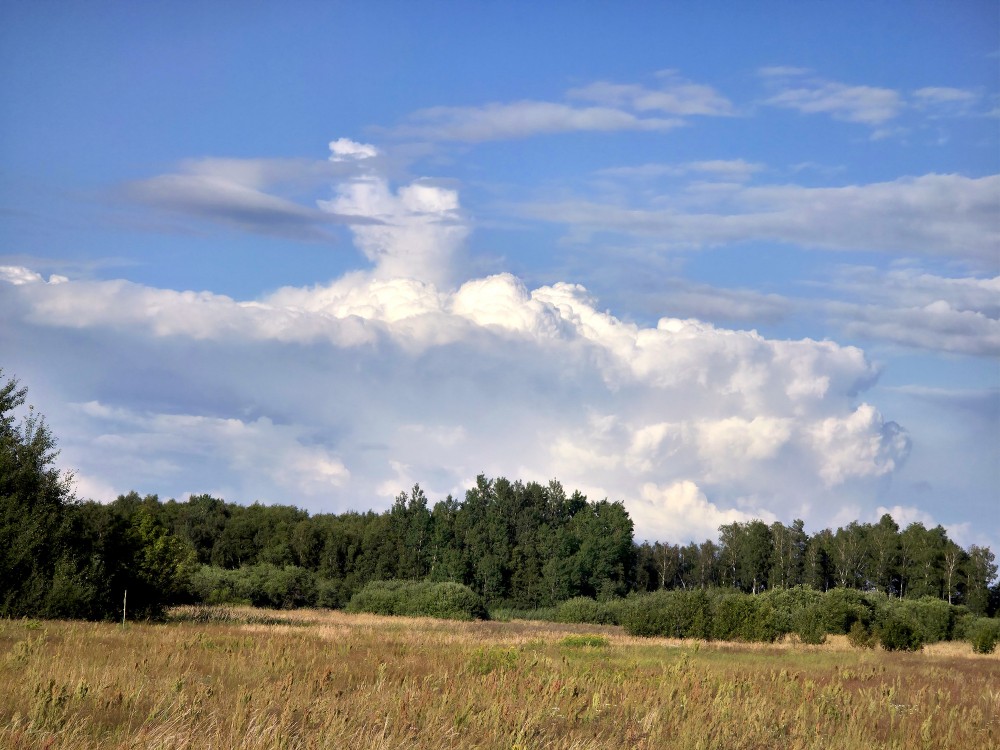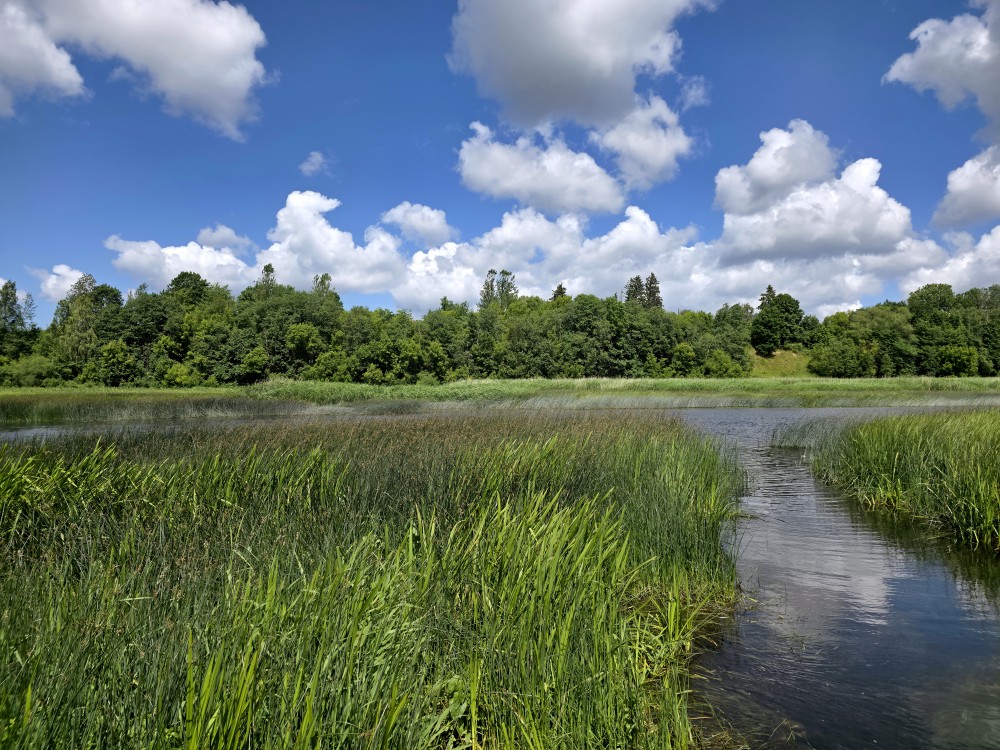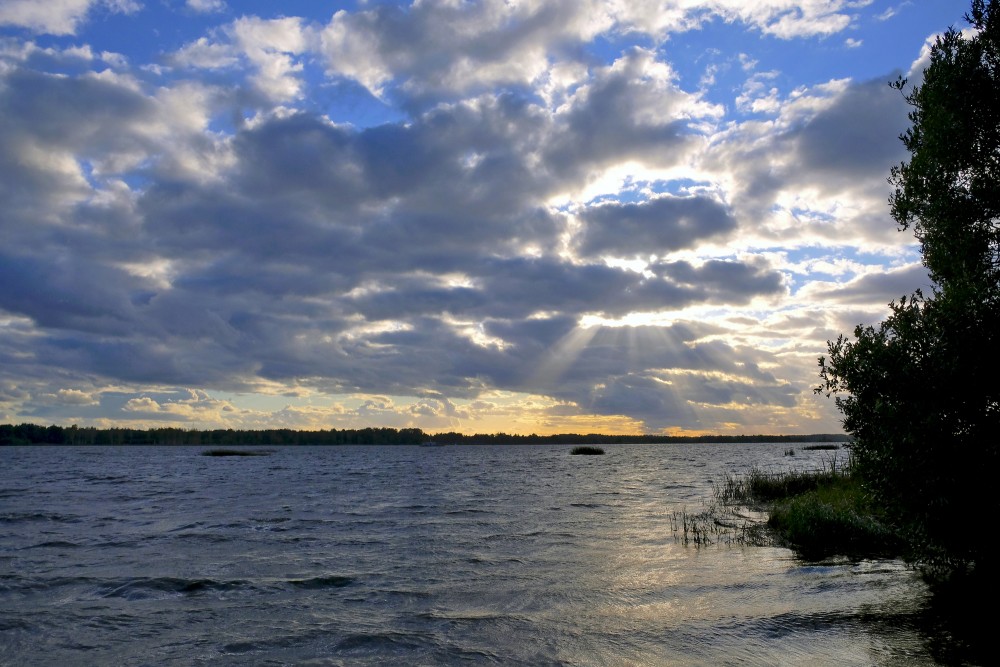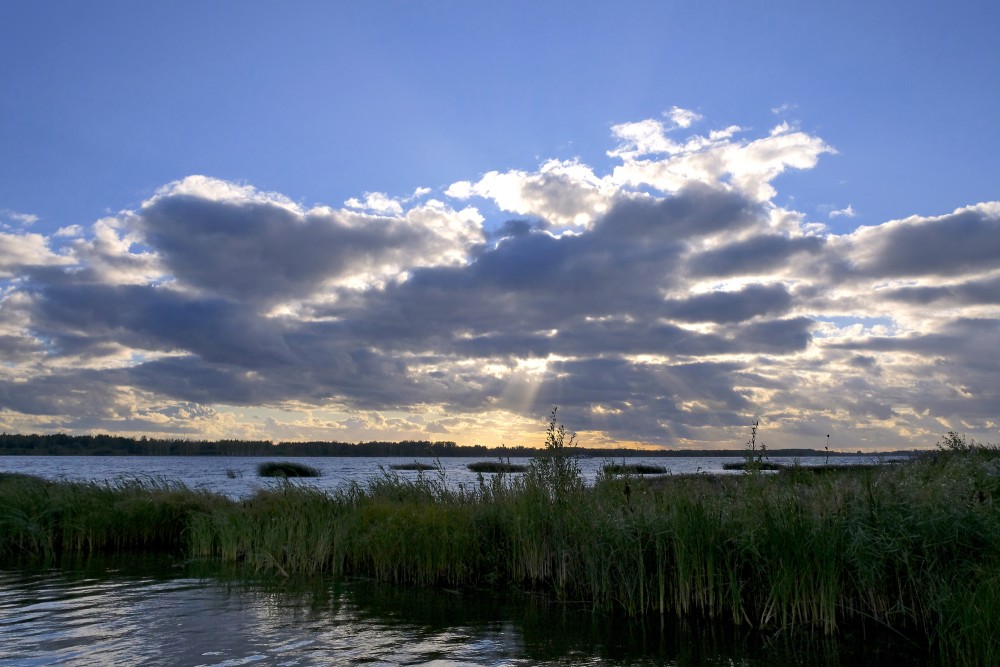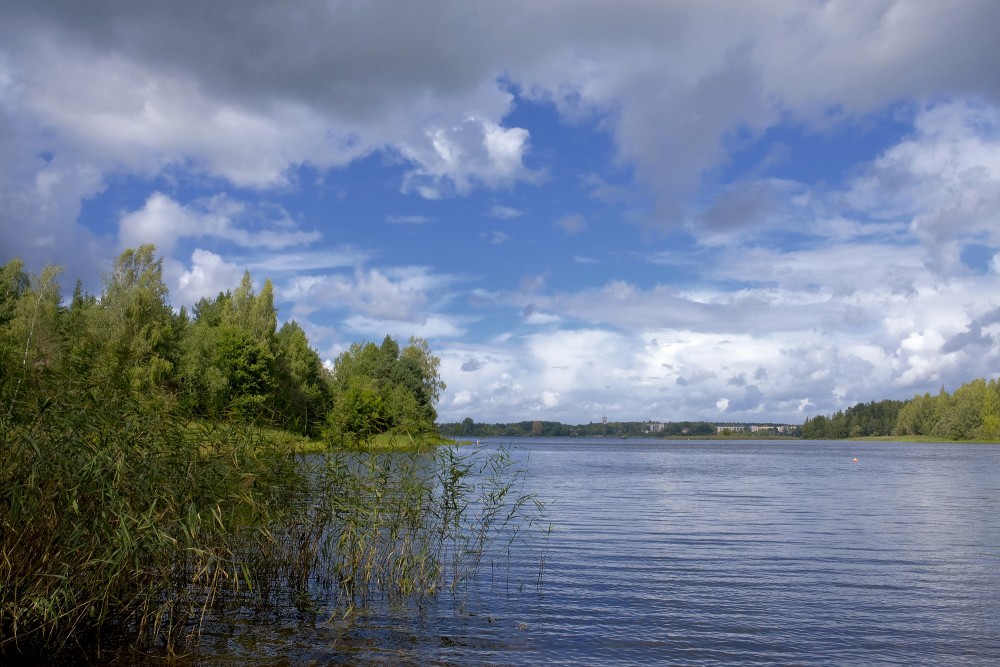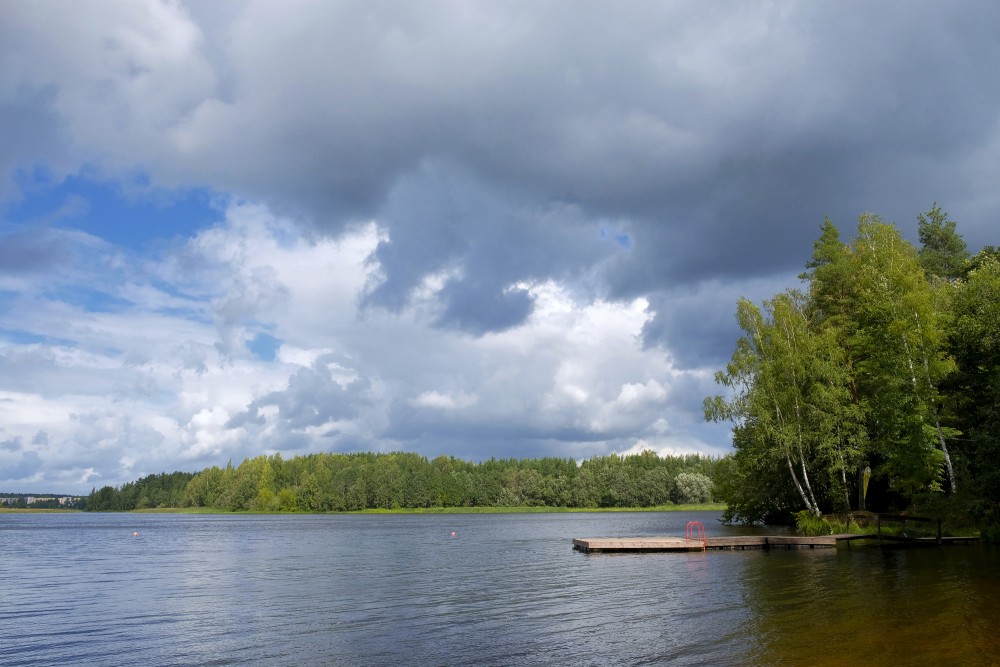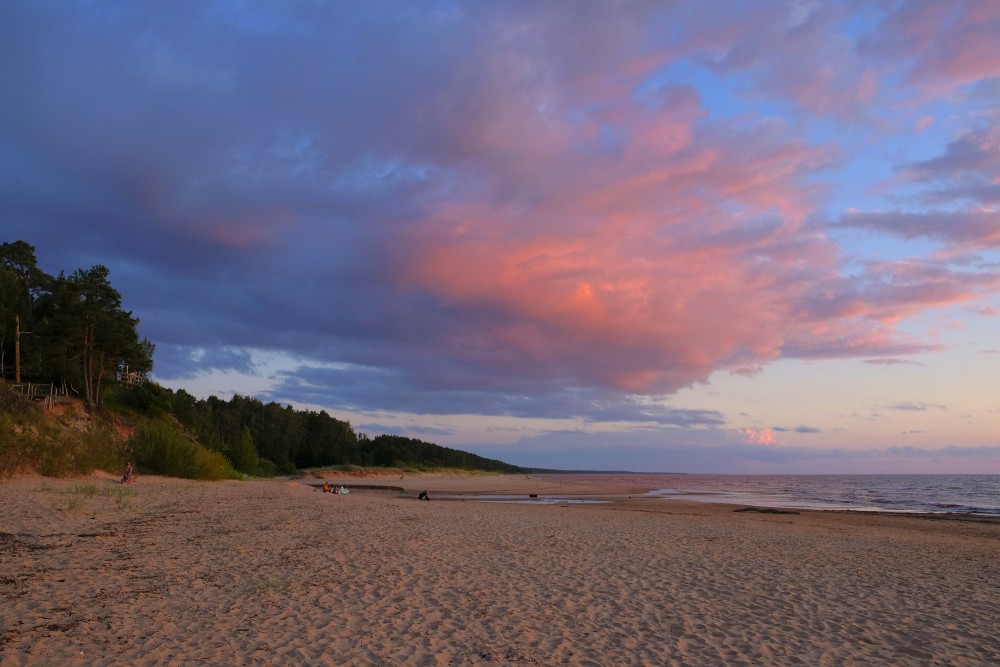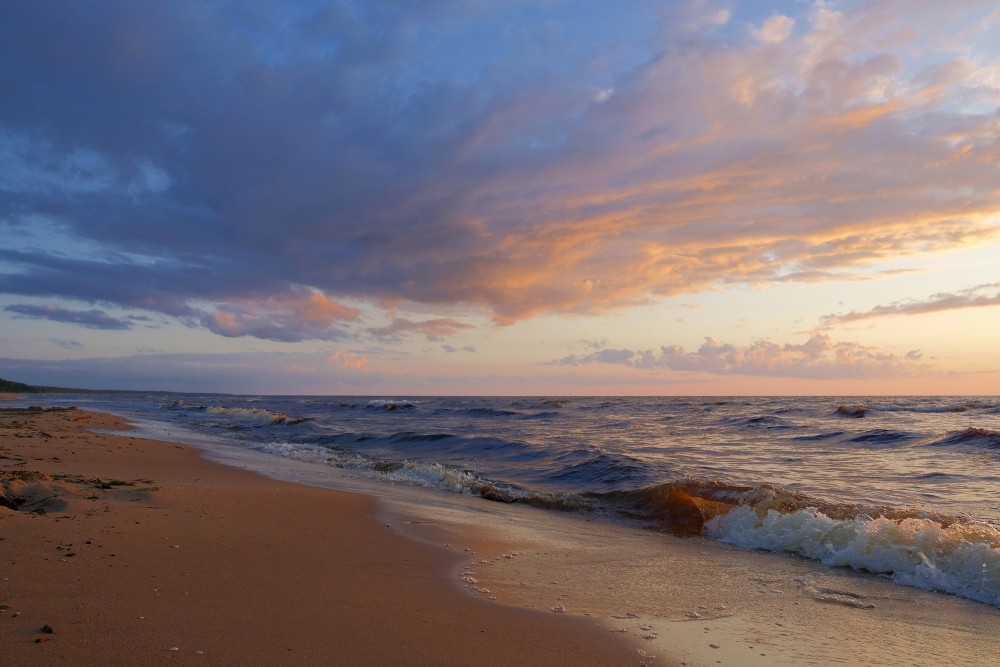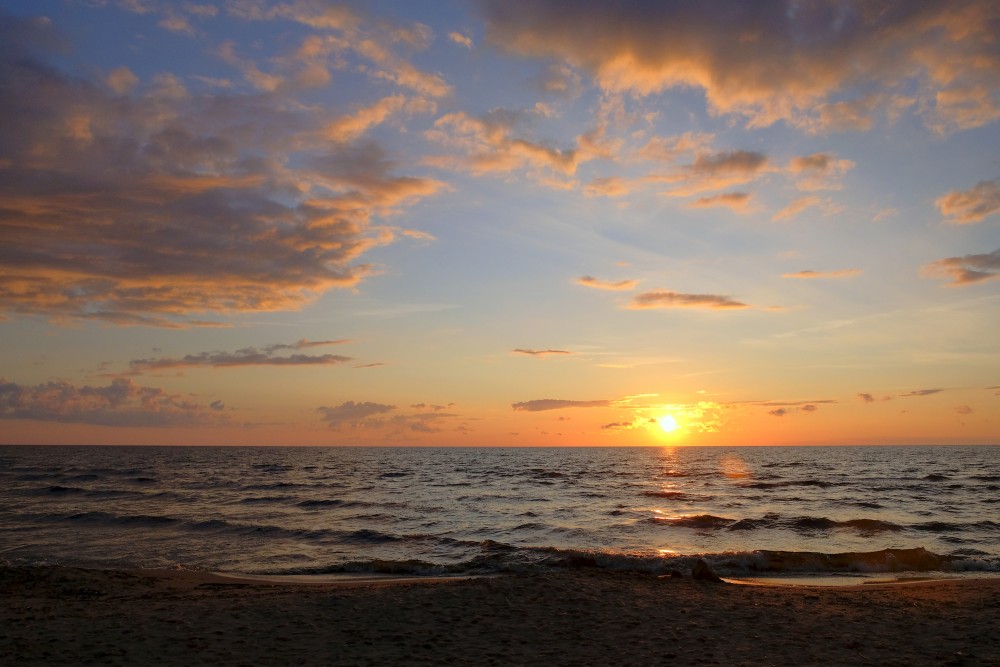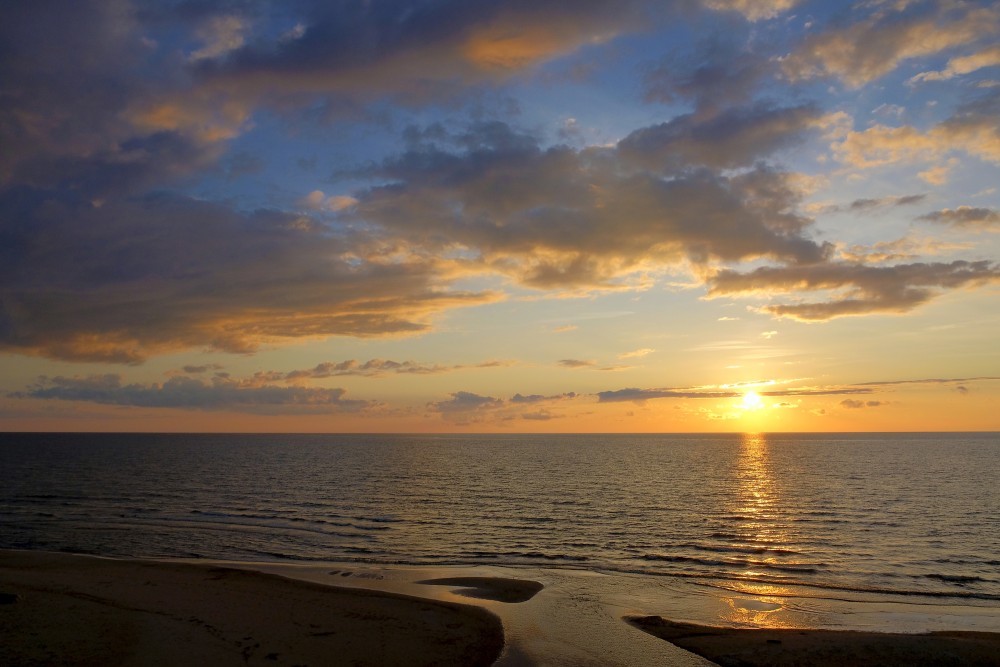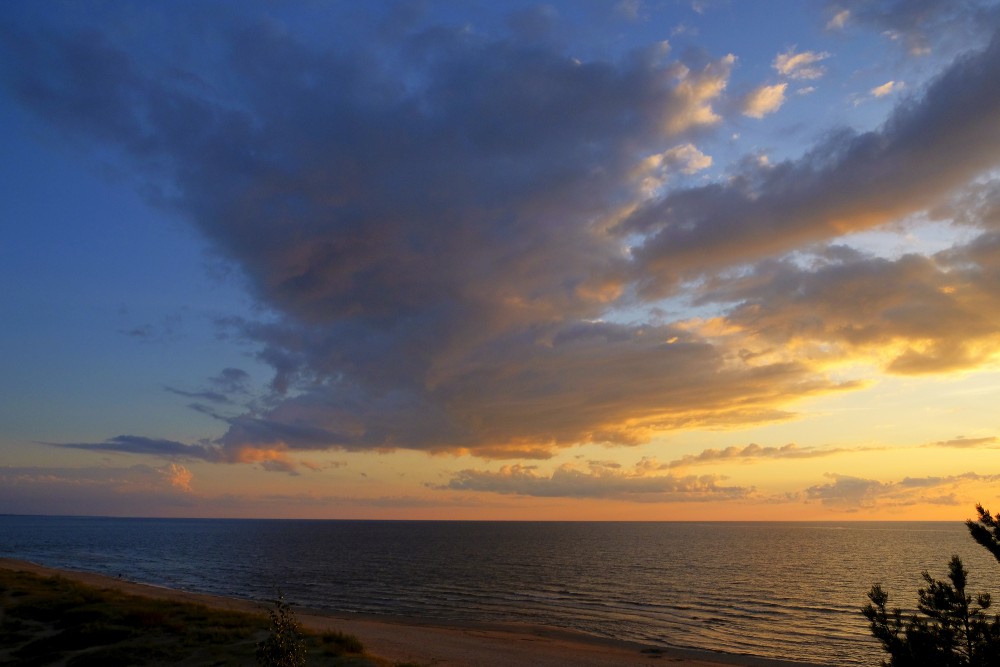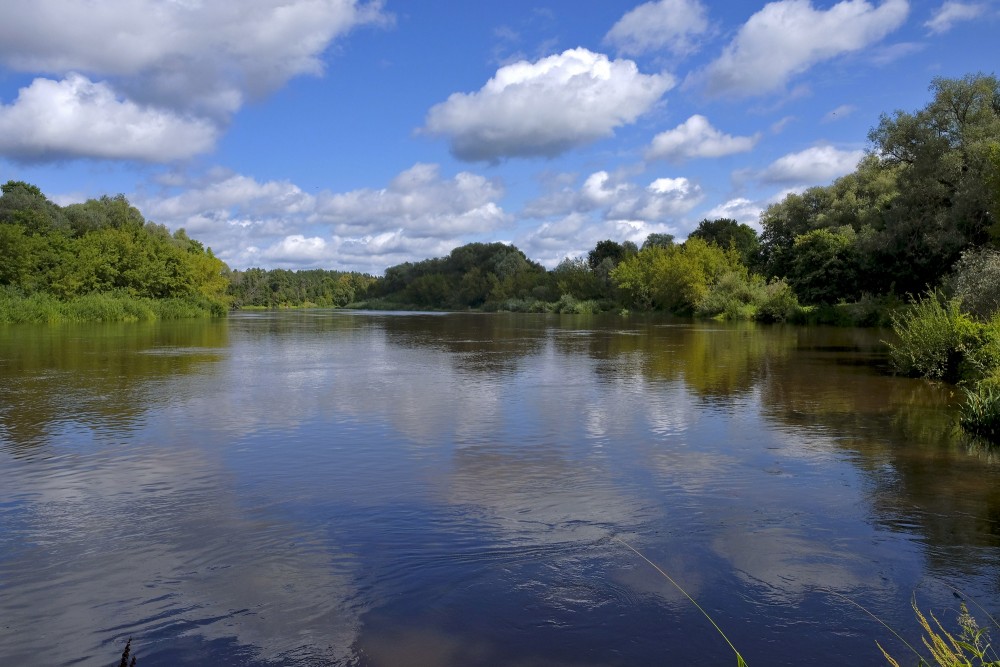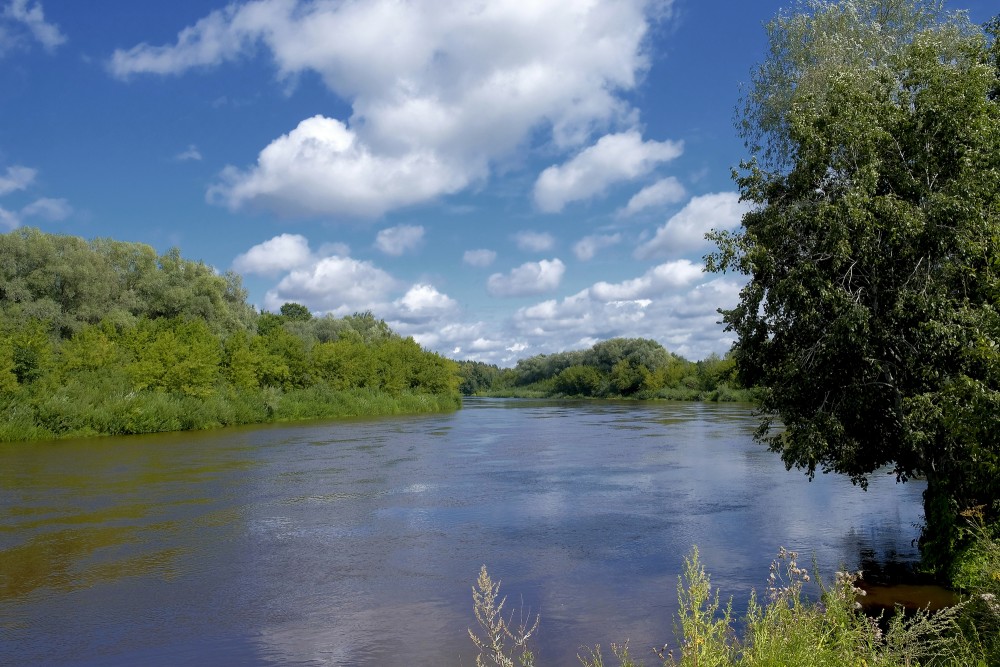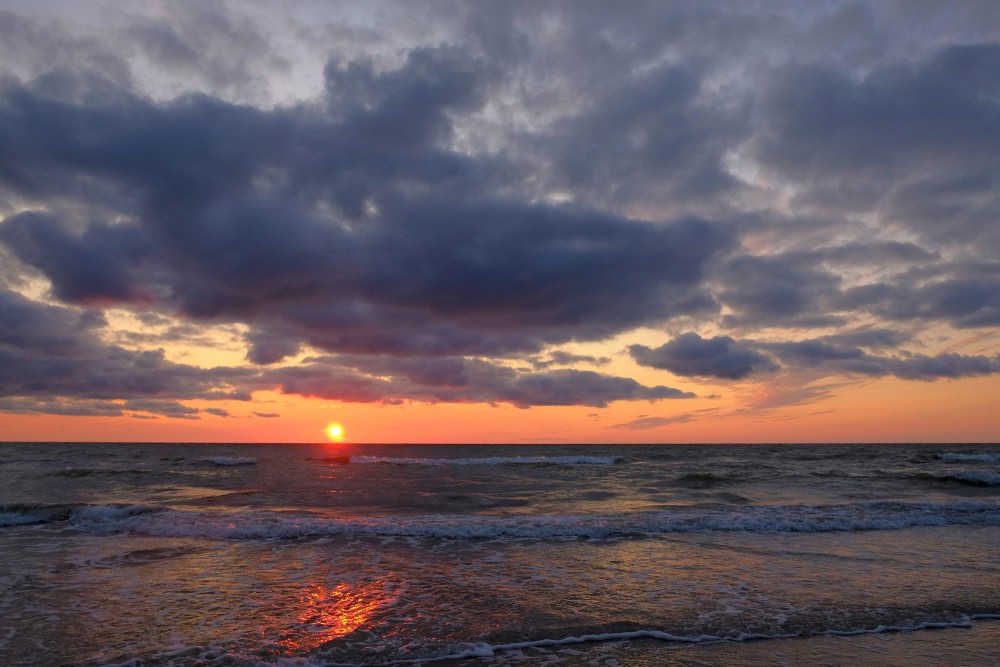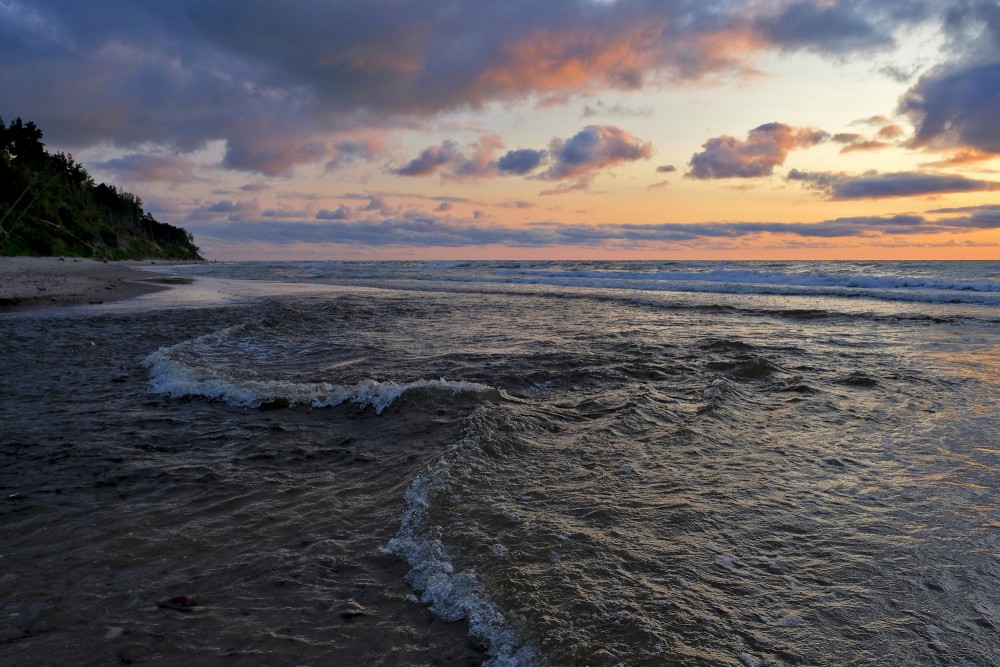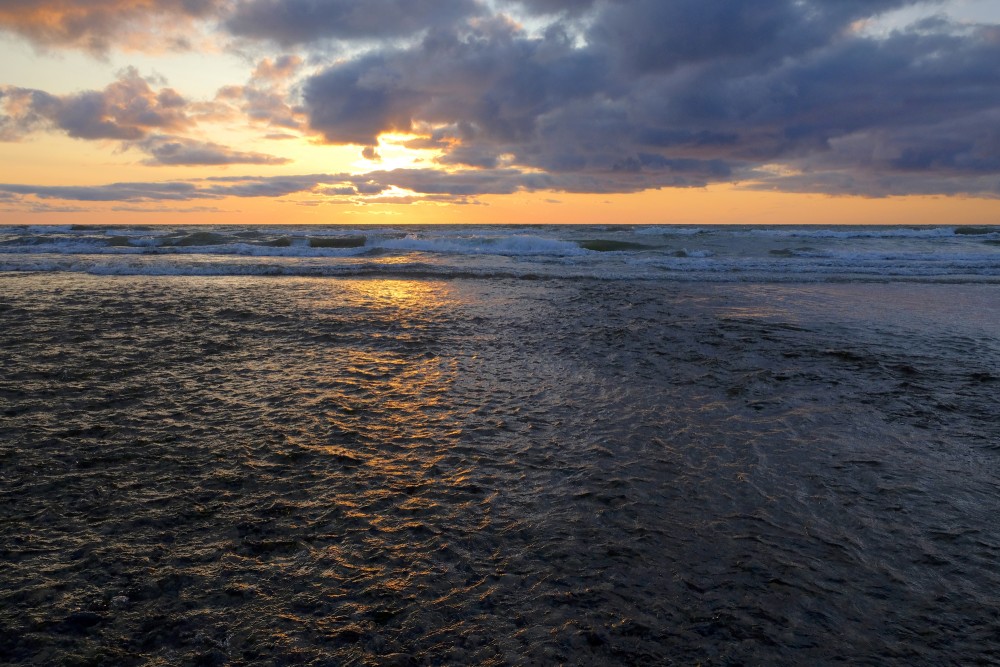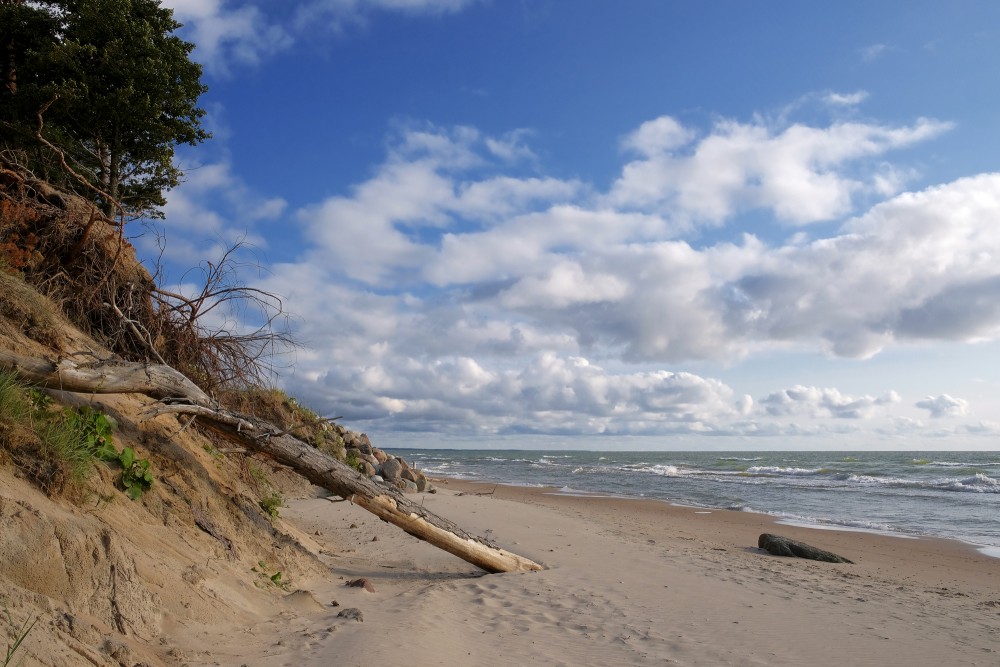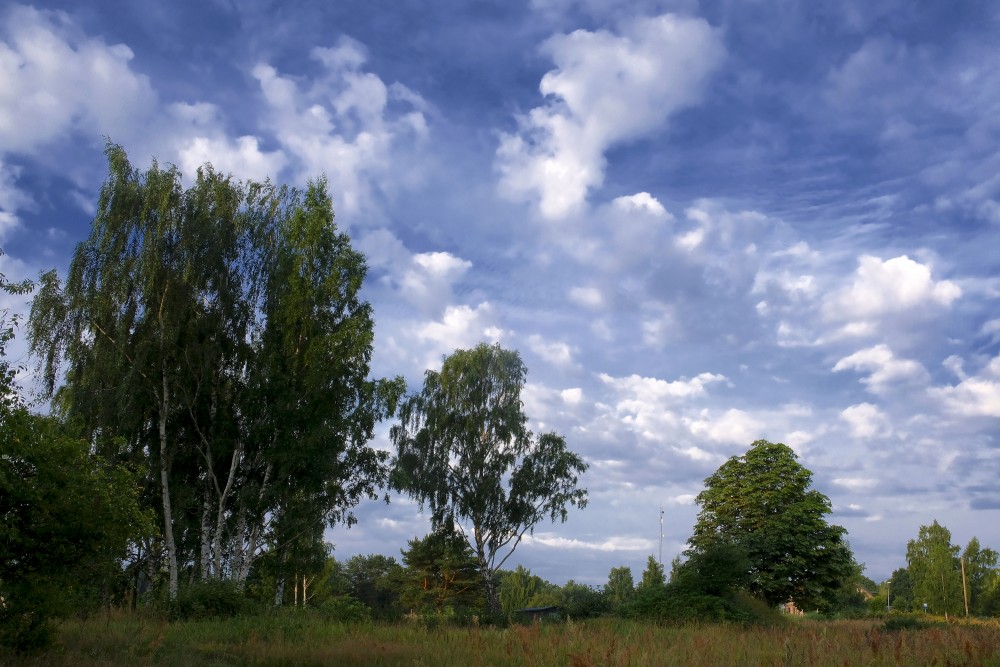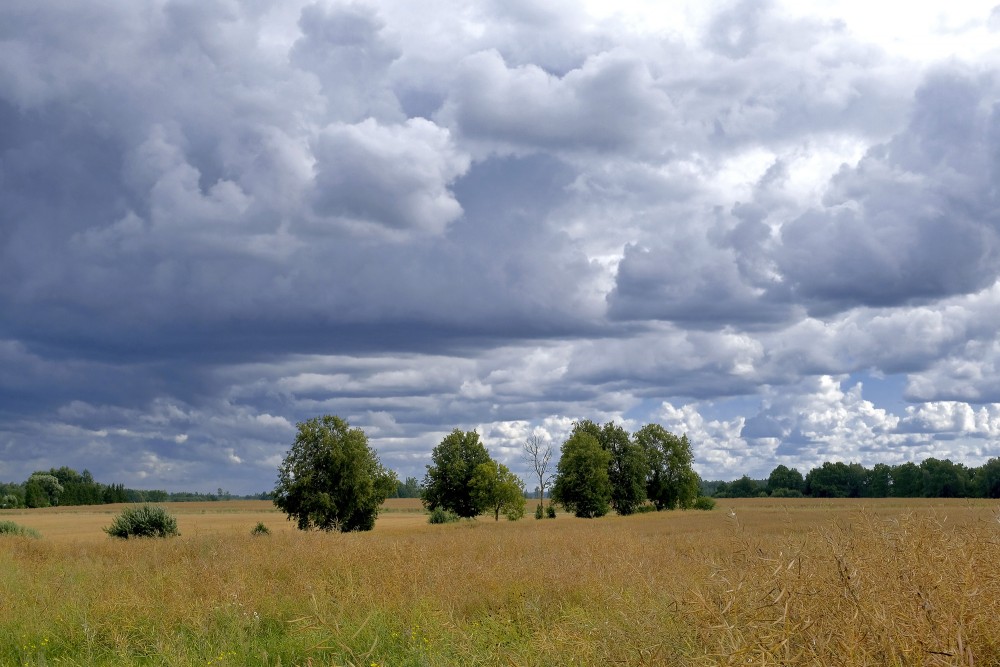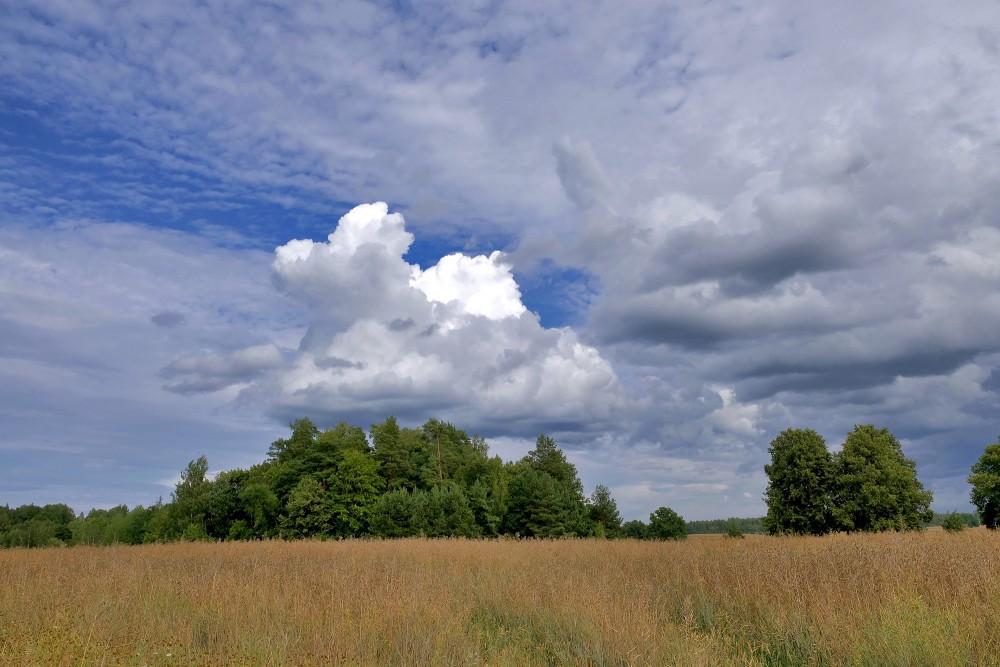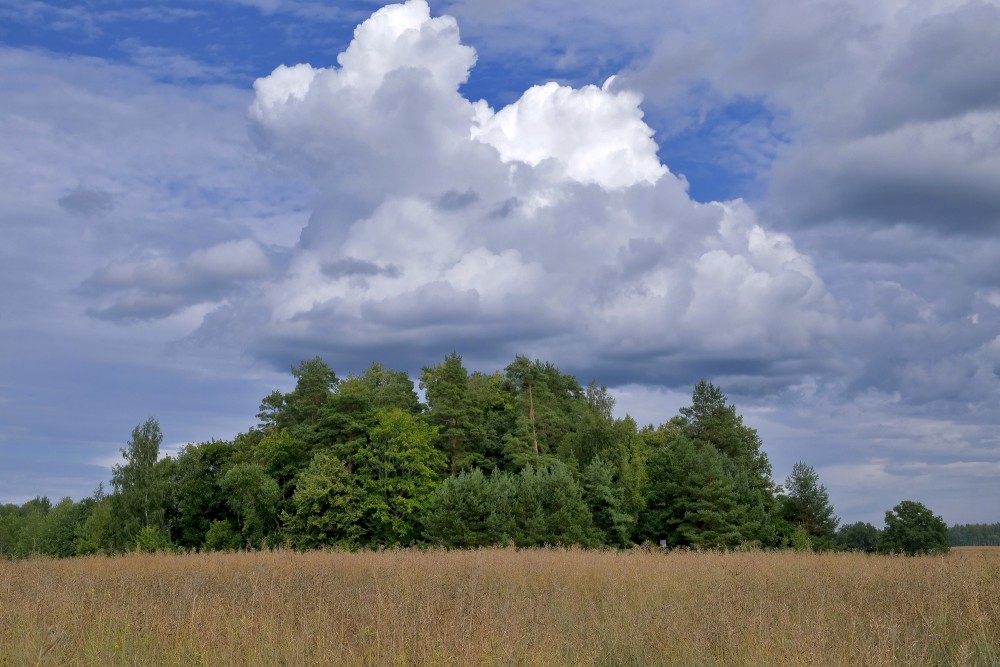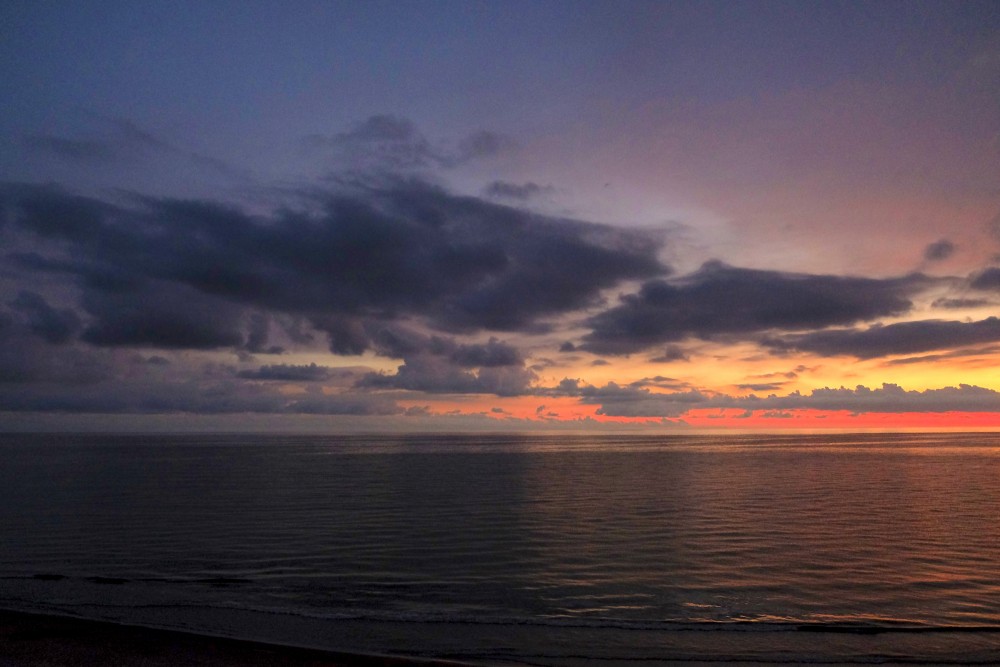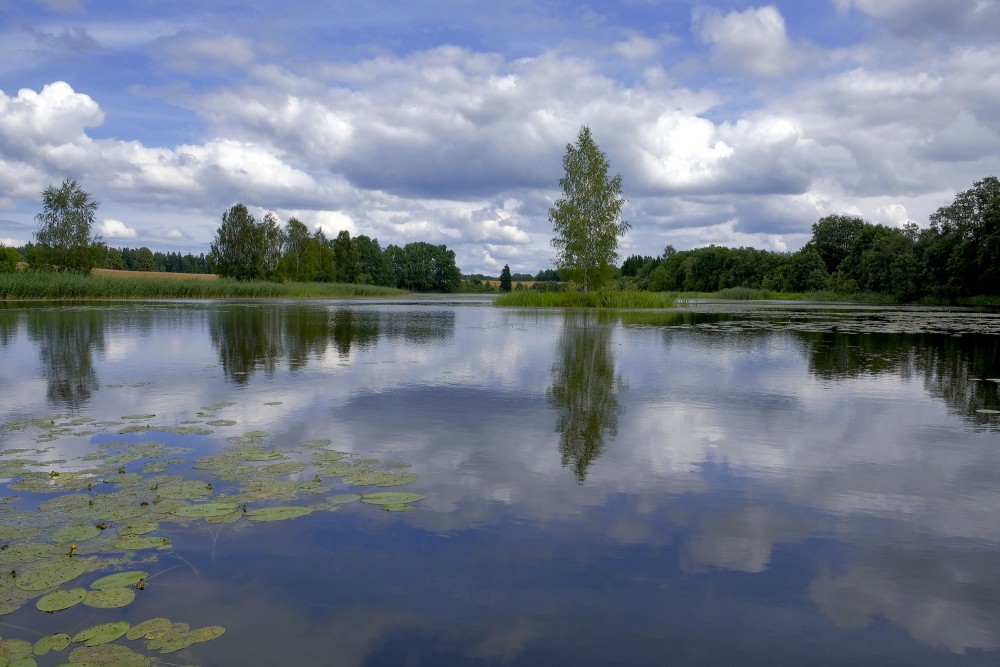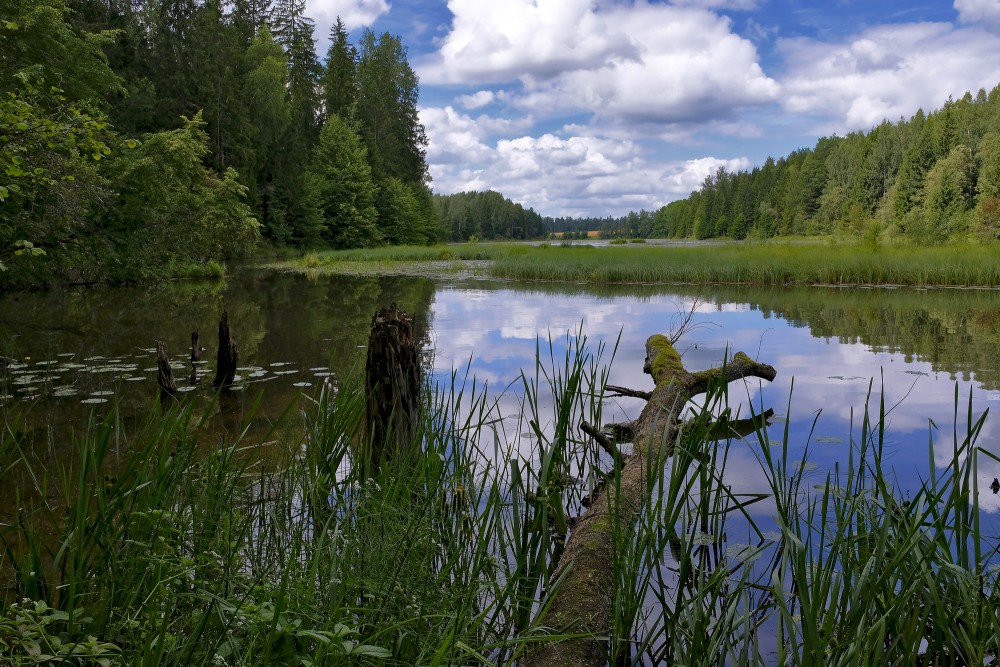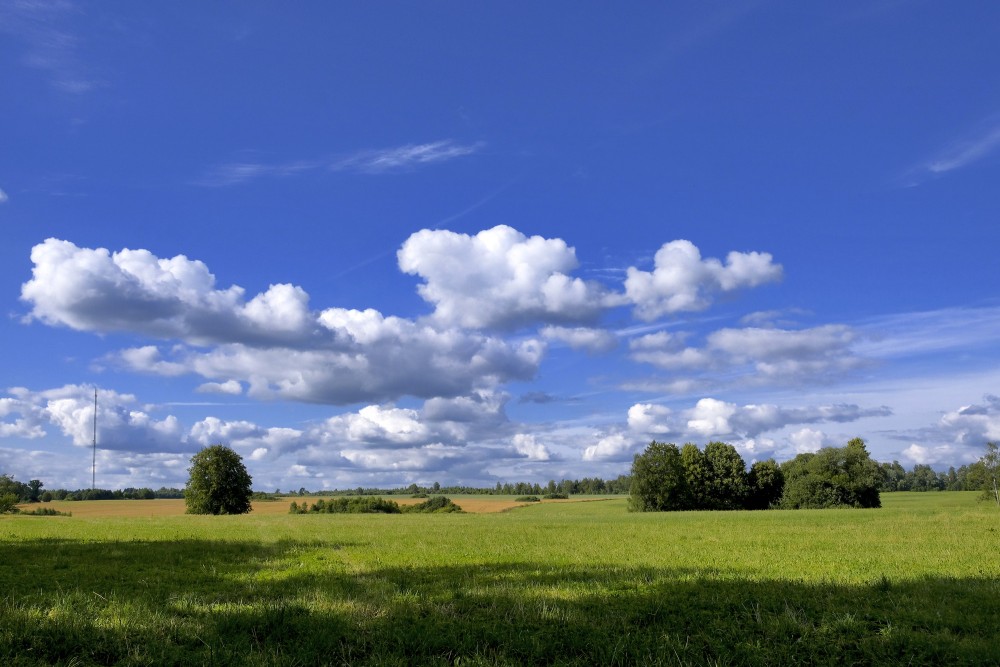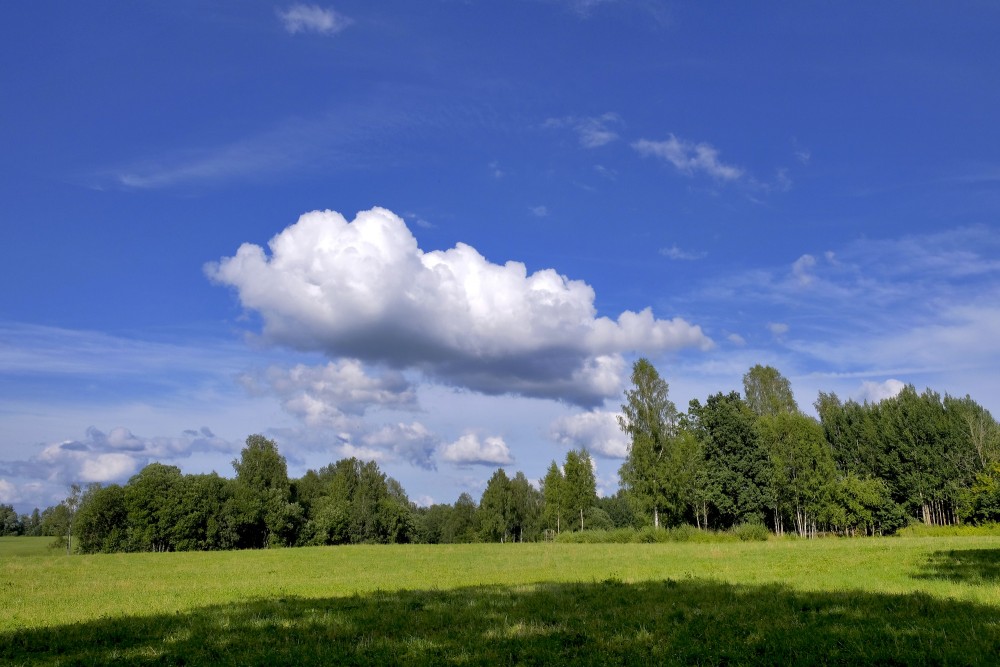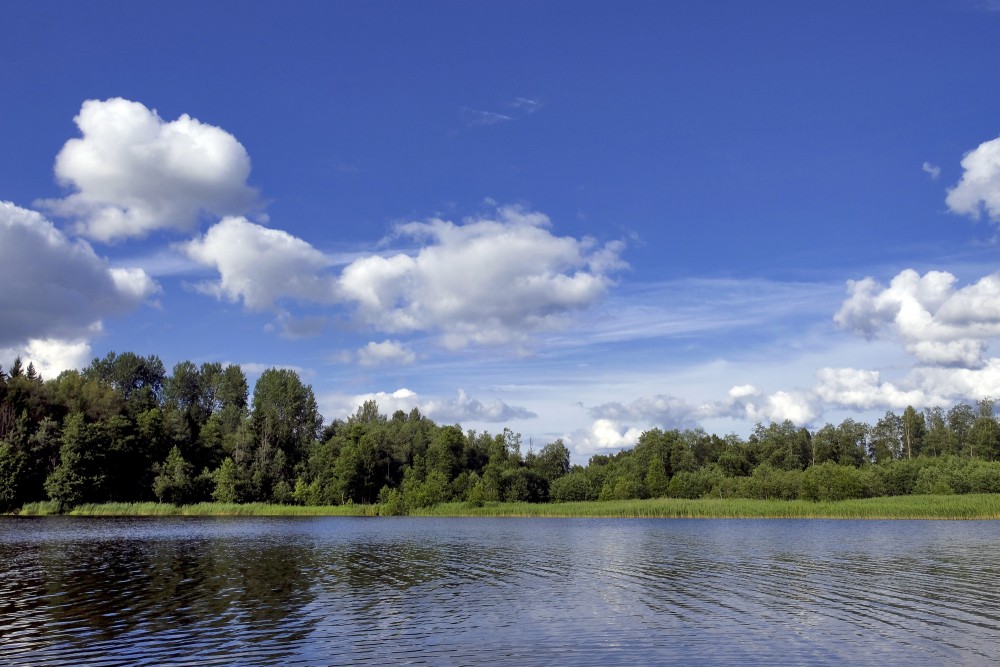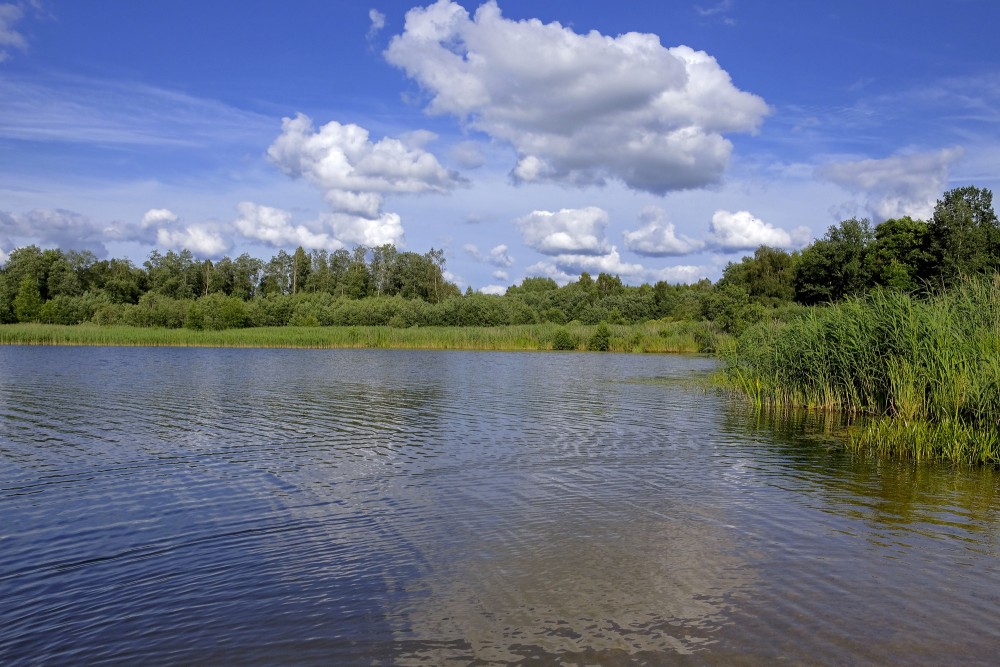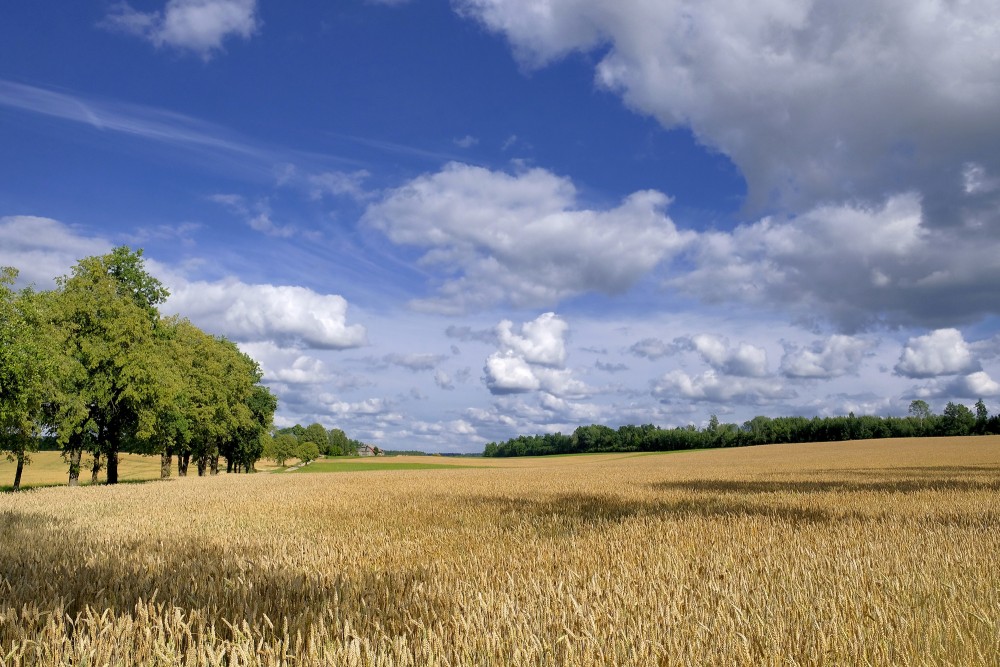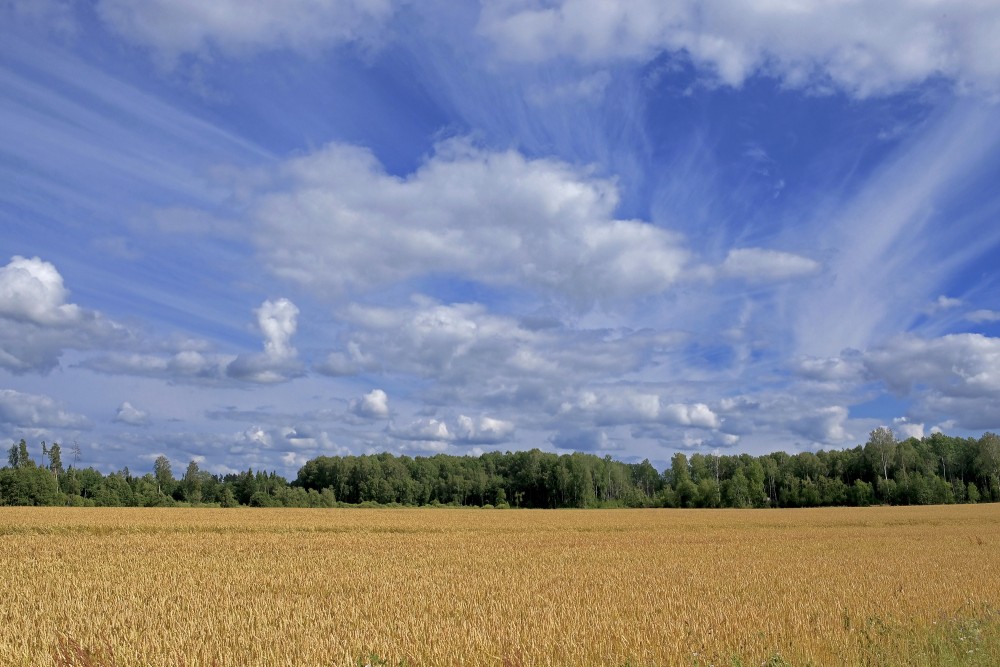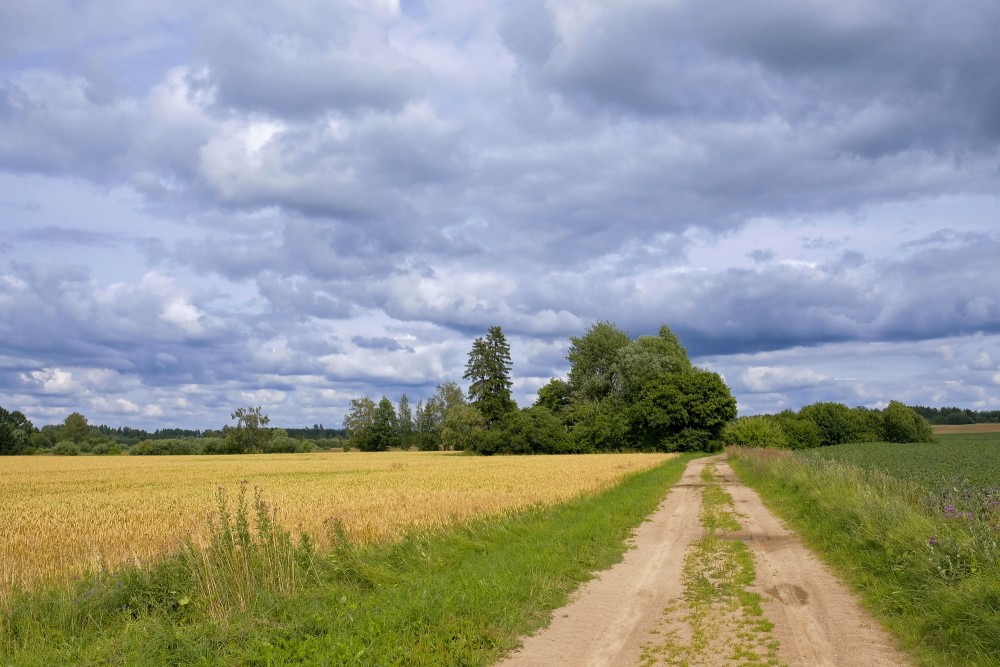Clouds
What are clouds?
Clouds are a collection of tiny droplets of water or ice crystals that settle on dust particles in the atmosphere. The droplets are so small - a diameter of about a hundredth of a millimetre - that each cubic metre of air will contain 100 million droplets.
Clouds will either be composed of ice or water droplets depending on the height of the cloud and the temperature of the atmosphere. Because the droplets are so small, they can remain in liquid form in temperatures as low as -30 °C. Extremely high clouds at temperatures below -30 °C are composed of ice crystals.
How do clouds form?
Clouds form when the invisible water vapour in the air condenses into visible water droplets or ice crystals. There is water around us all the time in the form of tiny gas particles, also known as water vapour. There are also tiny particles floating around in the air - such as salt and dust - these are called aerosols.
The water vapour and the aerosols are constantly bumping into each other. When the air is cooled, some of the water vapour sticks to the aerosols when they collide - this is condensation. Eventually, bigger water droplets form around the aerosol particles, and these water droplets start sticking together with other droplets, forming clouds.
Clouds form when the air is saturated and cannot hold any more water vapour, this can happen in two ways:
1. The amount of water in the air has increased - for example through evaporation - to the point that the air cannot hold any more water.
2. The air is cooled to its dew point - the point where condensation occurs - and the air is unable to hold any more water.
The warmer the air is, the more water vapour it can hold. Clouds are usually produced through condensation - as the air rises it will cool, and reducing the temperature of the air decreases its ability to hold water vapour so that condensation occurs. The height at which the dew point is reached and clouds form is called the condensation level.
What causes clouds to form?
1. Surface heating - This happens when the ground is heated by the sun which heats the air in contact with it causing it to rise. The rising columns are often called thermals. Surface heating tends to produce cumulus clouds.
2. Topography or orographic forcing - The topography - or shape and features of the area - can cause clouds to be formed. When air is forced to rise over a barrier of mountains or hills it cools as it rises. Layered clouds are often produced this way.
3. Frontal - Clouds are formed when a mass of warm air rises up over a mass of cold, dense air over large areas along fronts. A 'front' is the boundary between warm, moist air and cooler, drier air.
4. Convergence - Streams of air flowing from different directions are forced to rise where they flow together, or converge. This can cause cumulus cloud and showery conditions.
5. Turbulence - A sudden change in wind speed with height creating turbulent eddies in the air.
The range of ways in which clouds can be formed and the variable nature of the atmosphere results in an enormous variety of shapes, sizes and textures of clouds. To find out more about different types of clouds and how you can identify them, read our cloud spotting guide.
www.metoffice.gov.uk
In meteorology, a cloud is an aerosol consisting of a visible mass of minute liquid droplets, frozen crystals, or other particles suspended in the atmosphere of a planetary body. Water or various other chemicals may compose the droplets and crystals. On Earth, clouds are formed as a result of saturation of the air when it is cooled to its dew point, or when it gains sufficient moisture (usually in the form of water vapor) from an adjacent source to raise the dew point to the ambient temperature. They are seen in the Earth's homosphere (which includes the troposphere, stratosphere, and mesosphere). Nephology is the science of clouds, which is undertaken in the cloud physics branch of meteorology.
There are two methods of naming clouds in their respective layers of the atmosphere; Latin and common. Cloud types in the troposphere, the atmospheric layer closest to Earth's surface, have Latin names due to the universal adaptation of Luke Howard's nomenclature. Formally proposed in 1802, it became the basis of a modern international system that divides clouds into five physical forms that appear in any or all of three altitude levels (formerly known as étages). These physical types, in approximate ascending order of convective activity, include stratiform sheets, cirriform wisps and patches, stratocumuliform layers (mainly structured as rolls, ripples, and patches), cumuliform heaps, and very large cumulonimbiform heaps that often show complex structure. The physical forms are divided by altitude level into ten basic genus-types. The Latin names for applicable high-level genera carry a cirro- prefix, and an alto- prefix is added to the names of the mid-level genus-types. Most of the genera can be subdivided into species and further subdivided into varieties. A very low stratiform cloud that extends down to the Earth's surface is given the common name, fog, but has no Latin name.
Two cirriform clouds that form higher up in the stratosphere and mesosphere have common names for their main types. They are seen infrequently, mostly in the polar regions of Earth. Clouds have been observed in the atmospheres of other planets and moons in the Solar System and beyond. However, due to their different temperature characteristics, they are often composed of other substances such as methane, ammonia, and sulfuric acid as well as water.
Taken as a whole, homospheric clouds can be cross-classified by form and level to derive the ten tropospheric genera, the fog that forms at surface level, and the two additional major types above the troposphere. The cumulus genus includes three species that indicate vertical size. Clouds with sufficient vertical extent to occupy more than one altitude level are officially classified as low- or mid-level according to the altitude range at which each initially forms. However they are also more informally classified as multi-level or vertical.
en.wikipedia.org
The list of cloud types classifies the tropospheric genera as high (cirrus, cirrocumulus, cirrostratus), middle (altocumulus, altostratus), multi-level (nimbostratus, cumulus, cumulonimbus), and low (stratocumulus, stratus) according to the altitude level or levels at which each is normally found. Small cumulus are commonly grouped with the low clouds because they do not show significant vertical extent. Of the multi-level genus-types, those with the greatest convective activity are often grouped separately as towering vertical. The genus types all have Latin names.
The genera are also grouped into five physical forms. These are, in approximate ascending order of instability or convective activity: stratiform sheets; cirriform wisps and patches; stratocumuliform patches, rolls, and ripples; cumuliform heaps, and cumulonimbiform towers that often have complex structures. Most genera are divided into species with Latin names, some of which are common to more than one genus. Most genera and species can be subdivided into varieties, also with Latin names, some of which are common to more than one genus or species. The essentials of the modern nomenclature system for tropospheric clouds were proposed by Luke Howard, a British manufacturing chemist and an amateur meteorologist with broad interests in science, in an 1802 presentation to the Askesian Society. Very low stratiform cloud that touches the Earth's surface is given the common name, fog, which isn't included with the Latin nommenclature of clouds that form aloft in the troposphere.
Above the troposphere, stratospheric and mesospheric clouds have their own classifications with common names for the major types and alpha-numeric nomenclature for the subtypes. They are characterized by altitude as very high (polar stratospheric] and extreme level (noctilucent) and are both generally cirriform in structure.
en.wikipedia.org
